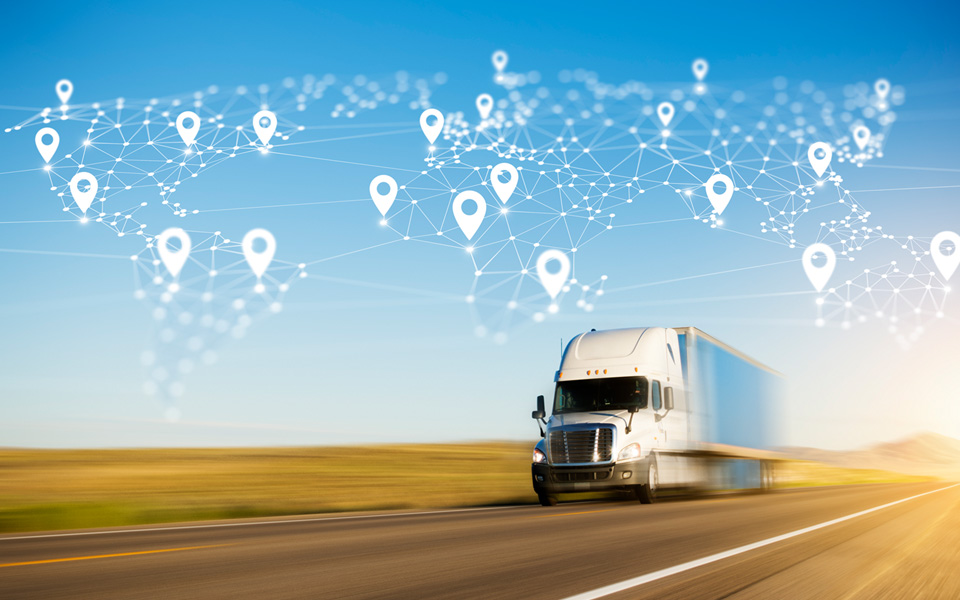Transform commercial kitchens with automation

*On June 1, 2023 Emerson’s Climate Technologies business became a new standalone company – Copeland. Though our name has changed, we are building on more than a century of HVACR innovation and industry leadership, and Copeland continues to offer the same products, industry stewardship, and learning opportunities you’ve grown to trust. Information found on this webpage posted before June 1, 2023 may contain our old name or branding, but you can be at ease knowing it was created with the knowledge and expertise of Copeland.
Commercial kitchens can maximize efficiency, increase food safety, and reduce labor costs by implementing internet of things (IoT) technologies into restaurant operations. So, why has the foodservice sector been relatively slow to adopt advanced, connected automation?

That’s among the many questions discussed by a recent E360 panel of key industry stakeholders, including:
-
- Chuck Guerin, vice president for controls of the Middleby Corporation, a leading manufacturer of commercial cooking equipment
- Jim Kleva, director of equipment engineering of Wendy’s, a global quick-service restaurant (QSR) chain
They acknowledged that restaurants lag behind the digital transformation achieved in other industries, largely due to concerns about data security. Nevertheless, kitchen operators are in “an experimentation phase” with an eye toward how automation can enable them to optimize commercial operations.
New on the menu: Predicting what customers will order
Among the potential improvements resulting from IoT technologies are faster ordering, cooking and drive-through procedures for quick-service restaurants.
Kleva said the technologies at Wendy’s can potentially predict what customers will purchase before they order, making it possible to speed up cooking and service. In this scenario, smart devices, cameras and sensors would connect to identify individuals, access their purchase history, and provide real-time analysis of conditions at nearby stores, traffic patterns, weather and school events — all while determining the number of patrons in the store, cars in the drive-through area and consumers entering the restaurant.
How much of this is a good idea remains to be seen. Many consumers may welcome the option to speed up service by allowing businesses to identify them by reading their vehicle license plates or through the use of facial recognition technology. Other consumers will likely object, viewing application of these advanced technologies as intrusive.
“Currently, our customers don’t want us to go there,” Kleva said.
Consumers might be more comfortable with restaurants implementing technology based on the last time they ordered. In addition, this recognition technology could be used for much less-specific identification purposes, to determine whether incoming customers are children, adults or other demographic details which could help QSRs accelerate service levels.
“Even a five- to 10-second heads-up could make a huge difference in our drive-through operation,” Kleva said.
The amount of data — along with the hardware and software — to make this smart restaurant vision a reality requires investments in connected equipment. Middleby’s cooking equipment already offers data processing for menu pushes and service-related alerts.
“The next generation of technologies will assist restaurant managers not by just predicting what food is needed but also by automatically starting the cooking process,” Guerin said.
Top concerns: Data security and communications
Potential barriers to wider adoption of IoT in commercial kitchens arise due to concerns from business owners and consumers about the security of data collected, stored and shared by restaurant equipment.
Among the challenges: how to pull all of the data safely and securely into meaningful, useable information. QSRs must manage equipment from multiple providers, each often designed with communication protocols and connectivity standards that are proprietary.
“There’s not safety or a compelling critical infrastructure issue forcing the industry to adopt a standard system,” Guerin said. “As OEMs, we’re all competing and we’re all trying to figure out an approach that meets our customers’ needs.”
Standardizing commercial kitchen technology would enable the devices to communicate more easily while enhancing data security. One solution is the growing use of application programming interfaces (APIs), software that make it possible for one system to share information in precisely controlled ways with another system. It’s the path Emerson has chosen.
“Establishing a common architecture, or at least flexible APIs, will become more important as the foodservice industry becomes more connected,” Emerson said.
Emerson can help automate your restaurant
Emerson is helping QSRs leverage IoT in commercial kitchens to exercise control over equipment and systems and automatically perform routine tasks. Our smart facility management and supervisory controls, food temperature probes and IoT technologies are helping QSRs monitor and control food storage and cooking temperatures to comply with food safety regulations and maximize food quality and consistency. Implementing the systems can either free up workers for other tasks or enable kitchen managers to reduce labor costs.
These efforts can provide commercial kitchen equipment that is financially viable and easily connectible across legacy systems and modern, IoT-enabled devices. Learn more by reading the final article of this series about IoT-driven kitchen automation. We welcome you to read article 1 and article 2 if you’d like to review the full series.

8 proven strategies for rigorous cold chain management
by Dan Knauer | Cold Chain
Preparing for the approval and safe use of A2Ls in commercial refrigeration applications...
Protection for high-value shipments just got even better
by Alex Axelsson | Cold Chain, Transportation
We’re excited to announce the release of Copeland’s newest real-time tracker, the GO Real-Time...

Three proven strategies to prevent cargo theft
by Chris Lafferty | Cold Chain, Transportation
The over-the-road (OTR) transport industry is experiencing a surge in cargo thefts. As thieves...
The post Transform Commercial Kitchens with Automation appeared first on Copeland.